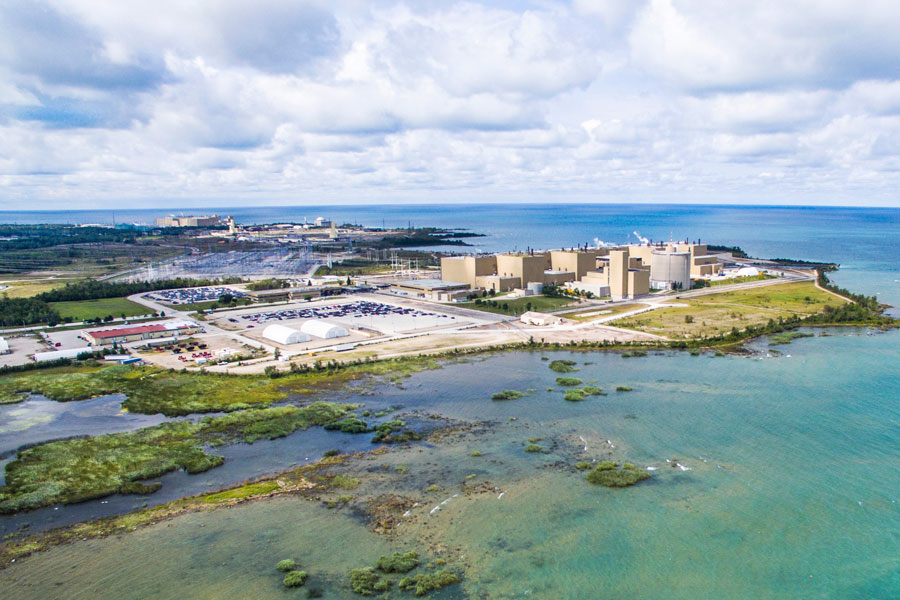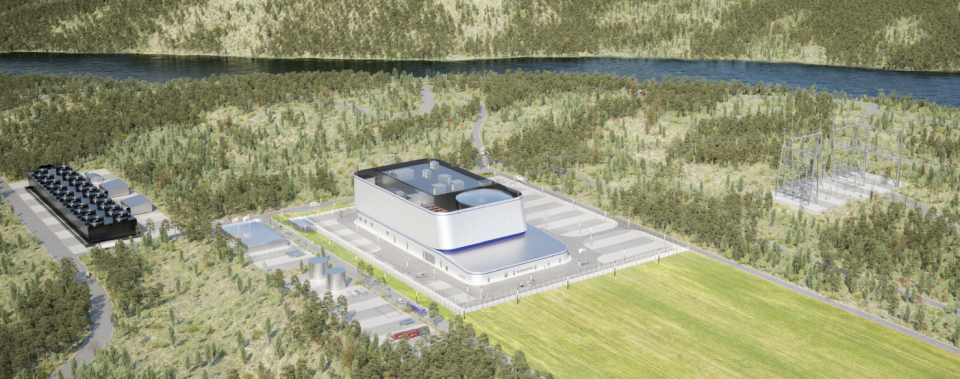Bruce Power refurbishment project ahead of schedule

Bruce Power has announced the completion of its Unit 3 reactor removal—a milestone on its Major Component Replacement (MCR) project aimed at extending the Bruce plant’s operational life through 2064.







